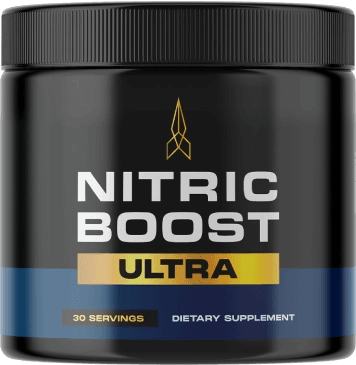Exercise isn’t just about breaking a sweat—it’s a biological powerhouse that transforms nearly every system in your body and brain. From your muscles and metabolism to mood and memory, regular exercise acts like medicine, prevention, and performance enhancer all in one.
In this article, we dive into the science of how exercise works on a physiological and neurological level.
💪 What Happens to Your Body During Exercise?
1. Muscular System
- Micro-tears in muscle fibers occur during resistance training.
- During rest, the body repairs and rebuilds these fibers stronger, leading to hypertrophy (muscle growth).
- Increased mitochondrial density improves energy production in muscle cells.
2. Cardiovascular System
- Exercise boosts heart rate and blood flow, improving oxygen delivery to tissues.
- Over time, the heart becomes more efficient—lower resting heart rate and better endurance.
- Improves blood vessel elasticity and reduces blood pressure.
3. Respiratory System
- Breathing becomes faster and deeper to supply oxygen.
- Regular cardio improves lung capacity and oxygen exchange efficiency.
4. Skeletal System
- Weight-bearing exercise increases bone density, reducing the risk of osteoporosis.
- Strengthens joints and connective tissue.
🧠 What Happens to Your Brain?
1. Mood and Mental Health
- Exercise stimulates the release of endorphins, dopamine, and serotonin—chemicals linked to happiness and relaxation.
- Reduces anxiety and depression symptoms.
- Even a 10-minute walk can boost mood.
2. Cognition and Memory
- Promotes neurogenesis (growth of new brain cells), especially in the hippocampus (memory center).
- Enhances focus, reaction time, and problem-solving.
- Regular aerobic exercise linked to slower cognitive decline and reduced Alzheimer’s risk.
3. Stress Reduction
- Lowers levels of cortisol (stress hormone).
- Improves your body’s ability to manage stress long-term.
🔄 How Exercise Affects Metabolism
- Increases insulin sensitivity, reducing the risk of type 2 diabetes.
- Boosts resting metabolic rate (RMR)—you burn more calories at rest.
- Helps regulate hunger hormones like ghrelin and leptin.
🔬 Exercise and Inflammation
Chronic low-grade inflammation is linked to many diseases. Regular exercise:
- Lowers inflammatory markers like CRP (C-reactive protein).
- Increases anti-inflammatory cytokines.
- Supports immune function and faster recovery.
🧬 Genetic and Cellular Benefits
- Stimulates production of BDNF (Brain-Derived Neurotrophic Factor), a protein vital for learning and memory.
- Protects telomeres (caps on DNA strands) which are associated with slower aging.
- Enhances oxidative stress defense through antioxidant enzyme activity.
✅ Final Thoughts
Exercise is one of the most scientifically supported tools for improving health across every system of the body. It’s not just about fitness—it’s about building a stronger, smarter, healthier you from the inside out. The effects start from the first session, and they grow stronger with consistency.




